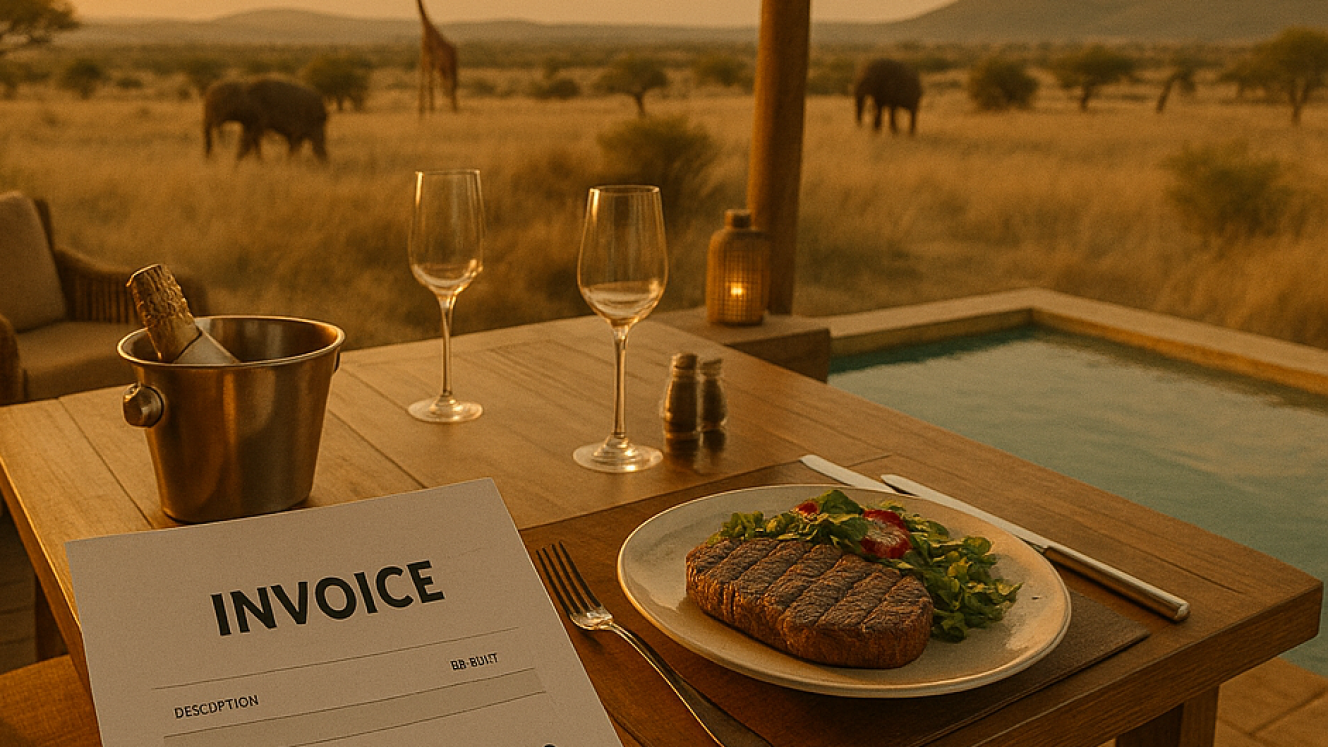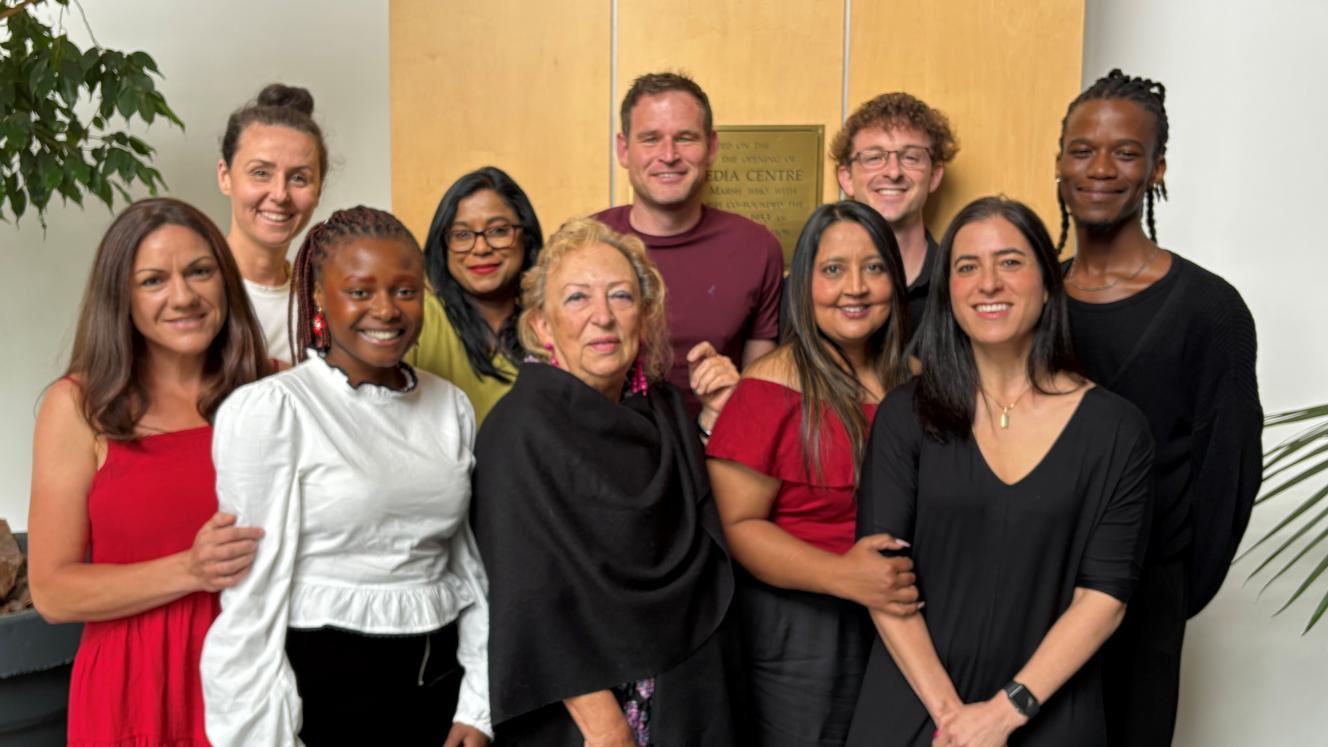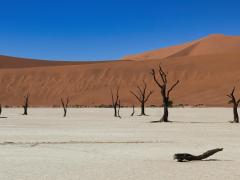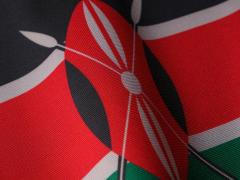Sharp annual rate increases and “catch-all” rate structures at luxury properties in South Africa could be posing a threat to the destination’s much acclaimed value-for-money tourism proposition, and its ability to sustain valuable repeat and referral business.
Over the past several years, high-end properties have dramatically hiked their nightly rates – some by up to 30% annually.
“We are at risk of eroding one of our greatest strategic advantages: value for money,” said David Ryan, Founder and CEO of Rhino Africa. “There’s an understandable logic on a property level: increase rate, reduce occupancy, reduce wear and tear but hold or grow revenue. However, when this becomes an industry-wide strategy, we risk pricing South Africa out of competitiveness – especially against regional peers like Kenya, Botswana and Namibia.”
He said the industry’s rate inflations have not been matched by a corresponding rise in experience, service or infrastructure.
“What we’ve seen – especially in the luxury safari space – is a collective rate escalation that may make short-term sense for individual properties but has systemic consequences.”
While the rate increases for 2026 – between 8% and 12% – are somewhat lower than in prior years, this is still above inflation levels in South Africa and the country’s key source markets, he said.
“This is particularly noticeable when you factor in that the rand-dollar exchange has remained relatively stable over the past 12 months. These latest increases – impacting 2026 inventory – may not align with where demand is heading and could, in fact, continue fuelling the headwinds that slow our return to 2019 levels,” said Ryan, referencing the fact that South Africa’s inbound arrivals are still hovering at around 90% of pre-COVID figures.
While large increases immediately post-COVID were understandable – in order to recover lost revenue and fund critical refurbishments – Ryan said continued escalations are troubling.
“Despite the fact that South Africa has yet to return to its pre-COVID arrival numbers, we continue to see significant rate increases. Rather than using pricing as a strategic lever to accelerate recovery and stimulate broader visitor growth across multiple sectors, we risk entrenching the shortfall.”
While overall revenues may be up as a result of the rate increases, lack of “feet on the ground” has implications, he added.
“That distinction matters because tourism’s economic reach extends far beyond lodges and logistics. If feet don’t return, the broader value chain – restaurants, retail, transport and agriculture – suffers.”
Impact on repeat visitation
Ryan described the single biggest concern as lack of innovation in rate structures and absence of pricing segmentation, particularly with regard to repeat and referral clients.
“Africa is often framed as a ‘once-in-a-lifetime’ destination but the reality is quite the opposite: it’s a continent with one of the highest repeat and referral rates in the world. And yet we’ve done virtually nothing as an industry to protect or reward that segment,” he said.
“Instead, we’ve seen a blunt, catch-all application of rate increases – often without regard to client tenure, regional origin or referral status. There’s no nuance in how rates are applied, which is especially frustrating when one considers how dependent we are on returning business from high-value source markets like the US, UK or Germany,” Ryan added.
“At Rhino Africa, we’ve observed clients who love Africa choosing not to return to the same properties – not because they don’t love the experience but because they feel the pricing has become unjustifiably inflated relative to the core product being delivered.”
Helping tourism to diversify?
But could the higher prices at South Africa’s flagship lodges – together with availability challenges driven by high demand during peak seasons – help to diversify tourism to lesser-known properties and regions?
Ron Mackenzie, Travel Planning & New Projects Chief Wandering Officer at The Safari Guys, told Tourism Update that escalating demand is bringing attention to reserves and lodges beyond popular regions such as the Greater Kruger National Park.
“We’ve seen reserves such as Shamwari, Kariega and Kwandwe in the Eastern Cape growing in popularity among key international source markets such as the US and Europe. The lodges here offer similar levels of five-star comfort and exclusivity, along with quality safari experiences, often at lesser rates.”
Ryan argued that this trend is not occurring on a large enough scale to drive meaningful diversification.
“While high-end pricing might push some travellers to explore lesser-known properties, this hasn’t translated into meaningful diversification. Most operators will tell you that demand still clusters around flagship lodges and well-known routes.”
Ryan’s observation is supported by data New Frontiers shared during a SATSA discussion on declining geographic spread in South African travel. The data shows that Cape Town and the Greater Kruger National Park accounted for 69% of the tour operator’s total room nights in 2024, rising from 60% in 2023, while the share contributed by other regions dropped.














